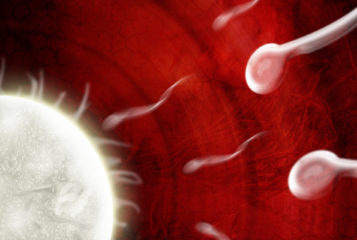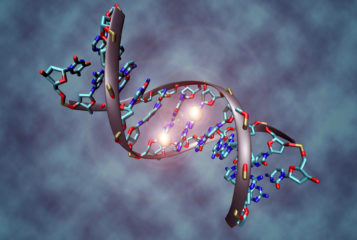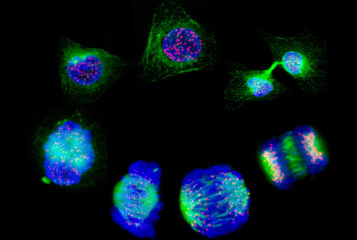Cell atlas of the human ovary published
Researchers have developed the first-ever spatial map of all the different cell types that make up the human ovary...
DNA (deoxyribonucleic acid) is the molecule that encodes genetic information. It contains four different chemicals, or bases, known as A, C, G and T.
Genes and chromosomes are made of DNA.

Researchers have developed the first-ever spatial map of all the different cell types that make up the human ovary...

by Blair Sowry
A Canadian DNA testing company sold prenatal paternity tests to customers knowing the results were inaccurate, an investigation revealed...


Inactivating a gene that codes for a protein involved in early mouse development results in the formation of two extra hindlimbs in the place of external genitalia...

A simple blood DNA test could help doctors identify the best treatment options faster in patients with lung cancer...

Public health doctors, geneticists and addiction specialists have signed a letter urging the US Food and Drug Administration to withdraw its approval of a test for genetic susceptibility to opioid use disorder...

Epigenetic changes in the DNA of cheek cells have been linked to the use of e-cigarettes...

A genome editing technique that allows researchers to test thousands of different mutations that might affect how cancer cells behave has been developed...

by Jake Knox
An area in the human and mouse genome has been found to contain DNA that controls genes involved in anxiety...

by BioNews
BioNews, published by the Progress Educational Trust (PET), provides news and comment on genetics, assisted conception, embryo/stem cell research and related areas.

